Dermoscopy in Facial lesions: Non melanocytic pigmented lesions, Fair skin
Speaker

Ashfaq Marghoob
United States
Ashfaq Marghoob is a board-certified dermatologist who specializes in the diagnosis and treatment of skin cancer. He is the director of Memorial Sloan Kettering’s regional skin cancer clinic in Long Island, NY.
Source event
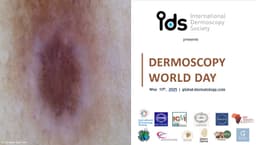
DERMOSCOPY | World Day 2025
Welcome to Dermoscopy | World Day 2025
Dear Peers & Partners,
We are delighted to announce the 2025 Dermoscopy | World Day on Saturday May 10th, 2025.
Together with the International Dermoscopy Society, Non-invasive Skin Imaging Groups and Partner Societies worldwide, we invite you to explore the frontiers of Dermoscopy and to disseminate this knowledge beyond borders. This partnership between of learned societies, patient organizations and industry is crucial to share internationally advances in our collective understanding of dermoscopy.
Our scientific program provides comprehensive insights into dermoscopy's application across various skin conditions and types. Expertise and innovative contributions from or partners are key to enriching this symposium's dialogue.
Scientific Program: Topographic Dermoscopy
1. Dermoscopy in facial lesions
- Inflammatory dermatoses of the face
- Melanocytic facial lesions
- Non melanocytic pigmented lesions:
- Fair skin
- Dark skin
2. Dermoscopy of the nose
3. Dermoscopy of the ear
4. Dermoscopy in chest and back lesions:
- Skin tumors
- Inflammatory and infectious skin diseases
5. Dermoscopy in lesions of the limbs
6. Dermoscopy in lesions of the palms and soles
7. Dermoscopy in hair and scalp disorders
- Tumors of the scalp
- Diffuse alopecia
- Patch alopecia
8. Dermoscopy in nail disorders
- Benign nail tumors
- Malignant nail tumors
- Inflammatory disorders of the nails
9. Dermoscopy of the mucosae
- The lip
- Oral mucosae
- Genital mucosae
Scientific Committee:
- Prof. Aimilios Lallas (Chair)
- Prof. John Paoli
- Prof. Zoe Apalla
- Prof. Caterina Longo
- Prof. Alex Chamberlain
- Prof. Gabriella Brancaccio
- Prof. Stein, Jennifer
- Prof. Alvaro Abarzua
- Prof. Awatef Kelati (Scientific Organizer)
Partner Societies:
- International Dermoscopy Society, IDS
- International Trichoscopy Society, ITS
- Indian Association of Dermatologists, Venereologists & Leprologists, IADVL
- ICNI Group, Non-Invasive Skin Imaging Group of the French Society of Dermatology of the Société Française de Dermatologie
- AIDNID, Associazione Italiana di Diagnostica Non Invasiva in Dermatologia, of Italy
- Japan Society for Skin Structure Research of the Japanese Dermatology Association
- DySI, Dermatoscopy Society of India
- Moroccan Society of Dermatology, SMD
- MEIDAM, the Middle East International Dermatology & Aesthetic Medicine Association
- Sharm Derma
Yours Sincerely,
Prof. Awatef Kelati
Scientific Organizer Dermoscopy | World Day 2025
International Dermoscopy Society
Mohammed VI University
Description
Non-melanocytic pigmented lesions in individuals with fair skin encompass a variety of skin abnormalities that are not derived from melanocytes but exhibit pigmentation. These lesions can include conditions such as lentigines, commonly known as age spots or liver spots, seborrheic keratosis, and dermal nevi. Individuals with fair skin are often more susceptible to developing such lesions due to their skin type's increased sensitivity to sun exposure, which can lead to hyperpigmentation and other changes in the skin's appearance. These lesions can vary in color, size, and texture, frequently appearing in sun-exposed areas. While many non-melanocytic pigmented lesions are benign, they can sometimes be mistaken for melanoma or other skin cancers, making accurate diagnosis essential. Clinical evaluation, complemented by dermoscopic examination when necessary, helps in distinguishing benign lesions from malignant ones. Management options typically include monitoring, cryotherapy, laser treatments, or surgical removal, depending on the lesion's nature and the patient's concerns about aesthetics or potential health risks. Understanding non-melanocytic pigmented lesions is important for individuals with fair skin to facilitate early detection and treatment, thereby ensuring better overall skin health.
Similar videos
Source event Program
Introduction
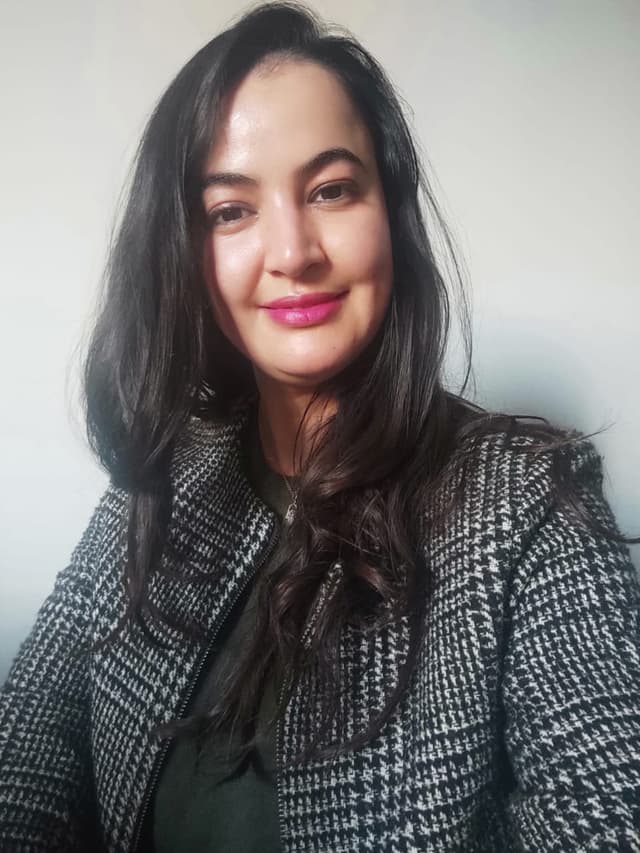
Introduction Of Dermoscopy 2025
Dermoscopy for Everyone by The IDS
Chairs: : Prof. Aimilios Lallas, Prof. Giuseppe Argenziano, Prof. John Paoli
IDS: Reflexions, best moments and what's next
Best cases of the IDS
Aimilios Lallas (MD, MSc, PhD)

Best cases of the IDS. Part 1

Best cases of the IDS. Part 2
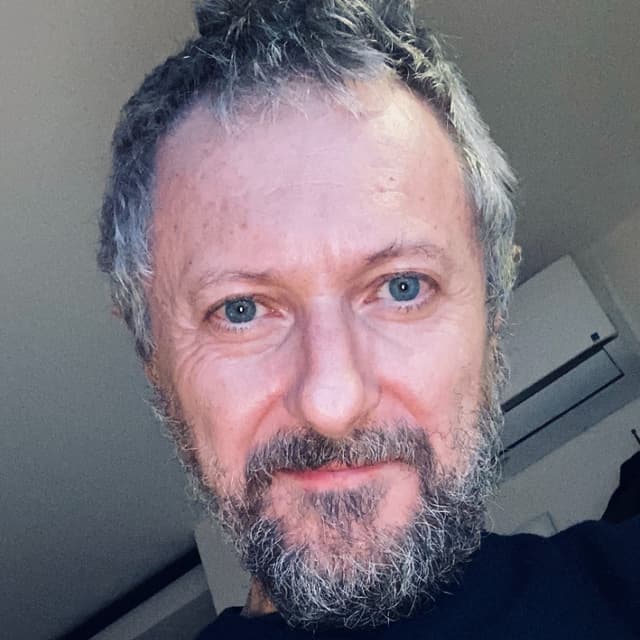
Dermatology Practical and Conceptual: My best papers
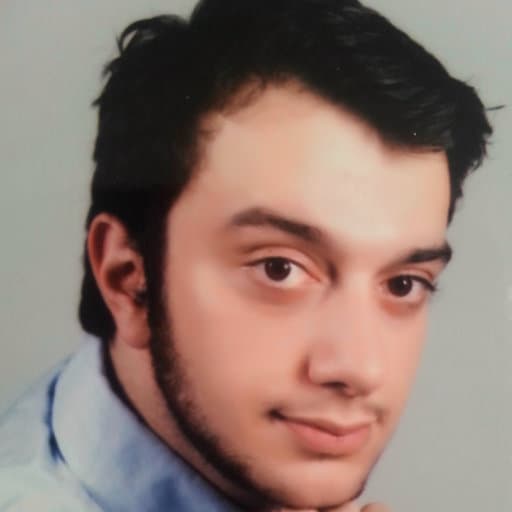
Race-specific and skin of color dermoscopic characteristics of skin cancer: A Literature Review


Discussion - Dermoscopy for everyone by IDS
Aimilios Lallas (MD, MSc, PhD), Giuseppe Argenziano (), John Paoli (MD)
Sponsored Presentation: HEINE Optotechnik
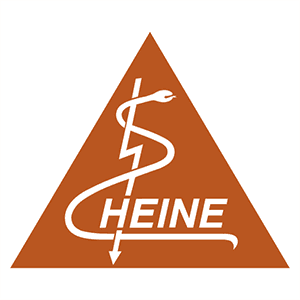
HEINE Optotechnik
Optotechnik HEINE
Topographic Dermoscopy - Part 1
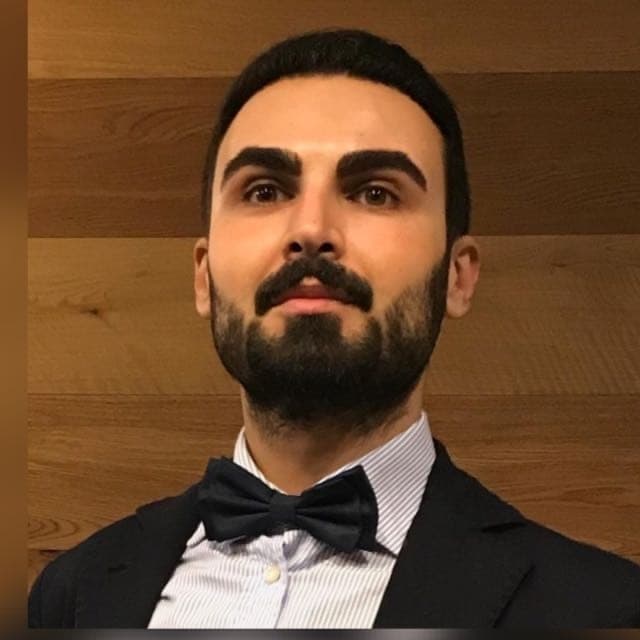
Dermoscopy in Facial lesions: Inflammatory dermatoses of the face
Dermoscopy in Facial lesions: Melanocytic facial lesions
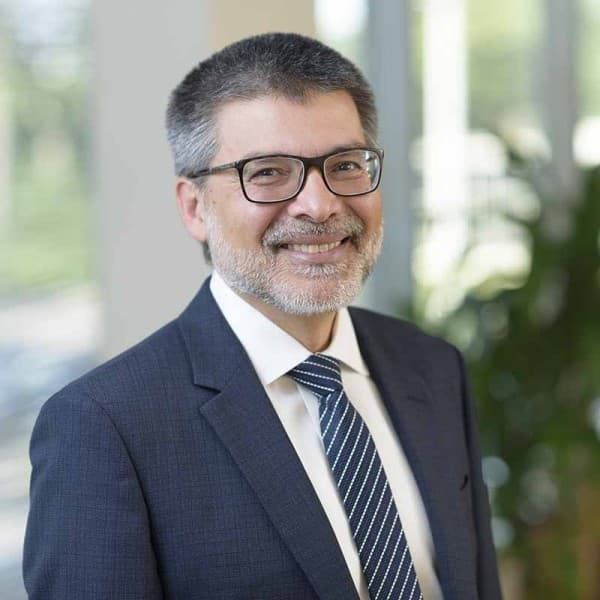
Dermoscopy in Facial lesions: Non melanocytic pigmented lesions, Fair skin

Dermoscopy in Facial lesions: Non melanocytic pigmented lesions, Dark skin
Balachandra Ankad (MD, MBBS)
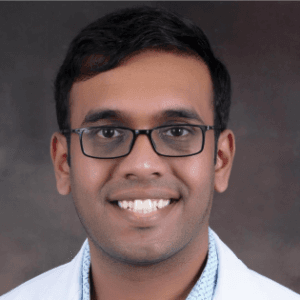
Dermoscopy in Facial lesions: Non melanocytic pigmented lesions, Dark skin. Part 2
Vinay K MD

Dermoscopy in Facial lesions: The nose
Sponsored Presentation: CANFIELD

Evaluation of patients with multiple nevi with 2D total body photography and digital dermoscopy
Topographic Dermoscopy - Part 2

Dermoscopy of the ear

Dermoscopy in chest and back lesions: Skin tumors

Dermoscopy in chest and back lesions: Inflammatory and infectious skin diseases
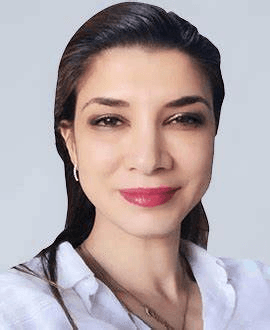
Dermoscopy in lesions of the limbs

Dermoscopy in lesions of the palms and soles

Dermoscopy in haïr and scalp disorders: Tumors of the scalp
Sponsored Presentation: FOTOFINDER


The Value of High Magnification - ATBM master
Mohadma Daryaie (BBA, MBA), Raimonds Karls (MD)
Topographic Dermoscopy - Part 3

Dermoscopy in nail disorders : Benign nail tumors
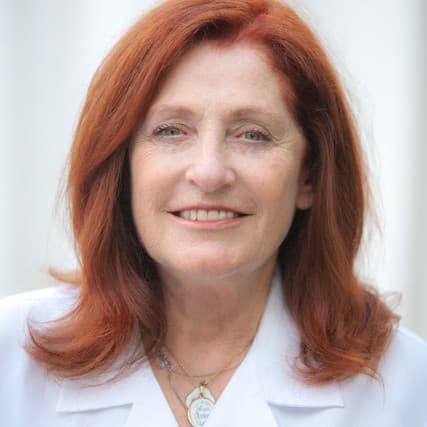
Dermoscopy in haïr and scalp disorders: Diffuse alopecia
How not to miss Nail Unit Cancer?

Dermoscopy of the mucosae: Conjunctiva and eyelids
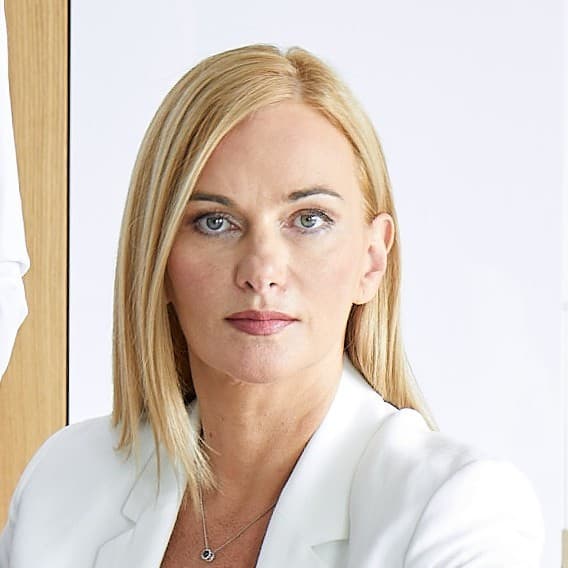
Dermoscopy of the mucosae: Genital mucosae
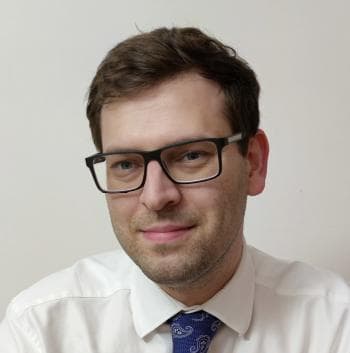
Scabies mite is bright green under U.V dermatoscopy
Sponsored Presentation: DERMLITE



The Value of UV Dermoscopy - DermLite DL5
Bengu Nisa Akay (MD), Cristian Navarrete-Dechent (MD), Thorsten Trotzenberg ()
My best cases of the year worldwide - Part 1

Best cases from Europe (Belgium)

Best cases from Europe
Jilliana Monnier (MD, PhD)

Best cases from Europe: My best teaching cases
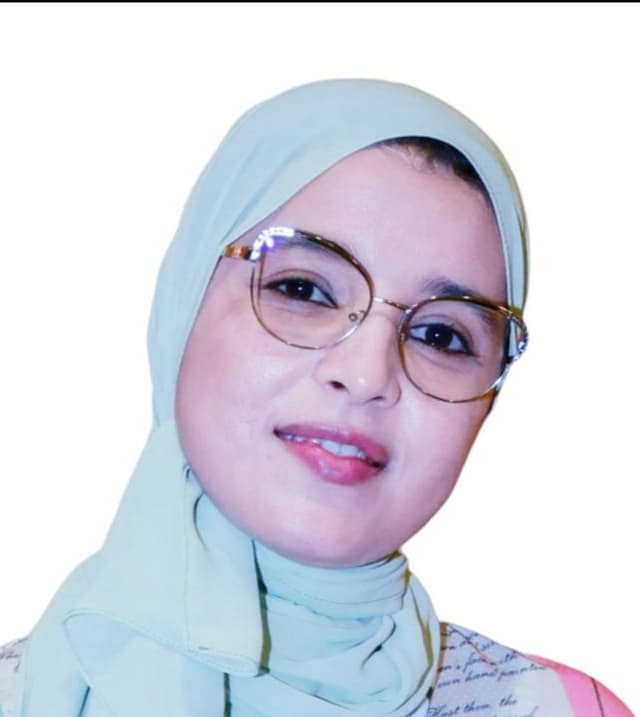
Dermoscopy SMD Group’s Clinical Cases
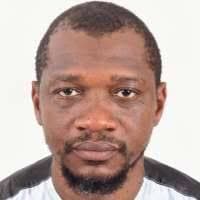
Dermoscopy in Guinea: Remarkable case and Key Insights
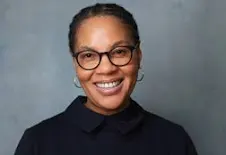
Best cases of Africa and middle east: Interesting Trichoscopy cases from South Africa
Sponsored Presentation: HEINE DELTAone

HEINE DELTAone Butterfly
Optotechnik HEINE
My best cases of the year worldwide - Part 2

Best cases of Africa and middle east: The Gambia
.jpg&w=640&q=75)
Best cases of Africa and middle east: A case of ocular Dermoscopy
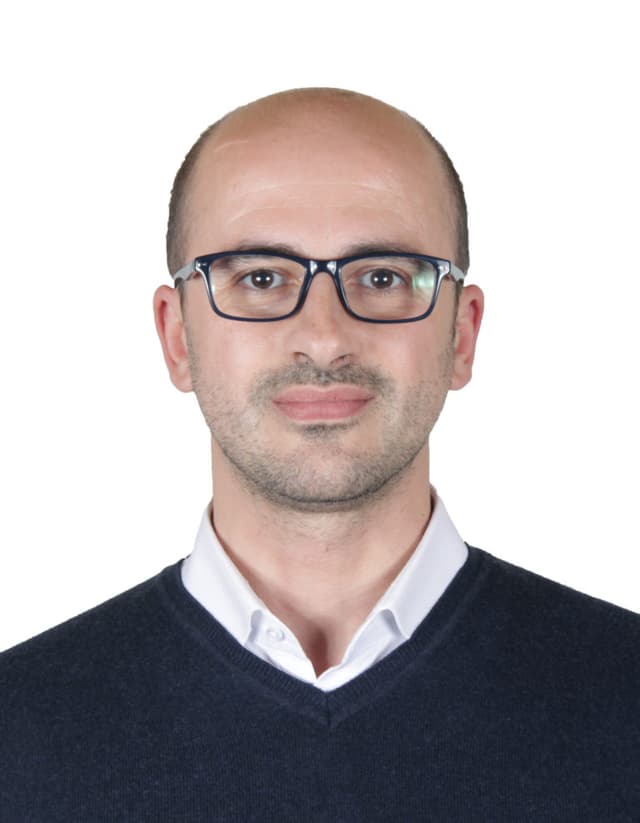
Best cases of Africa and middle east: best case from Algeria

Best cases of Latin America
Best cases of India
Yasmeen Jabeen Bhat (MBBS, MD, IFAAD)

Best cases from India
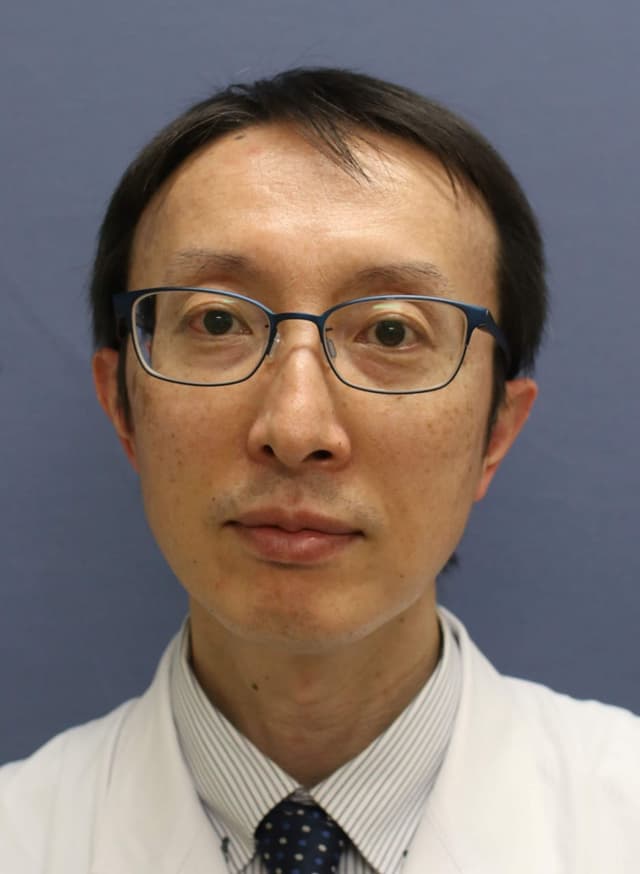
Best cases of Japan
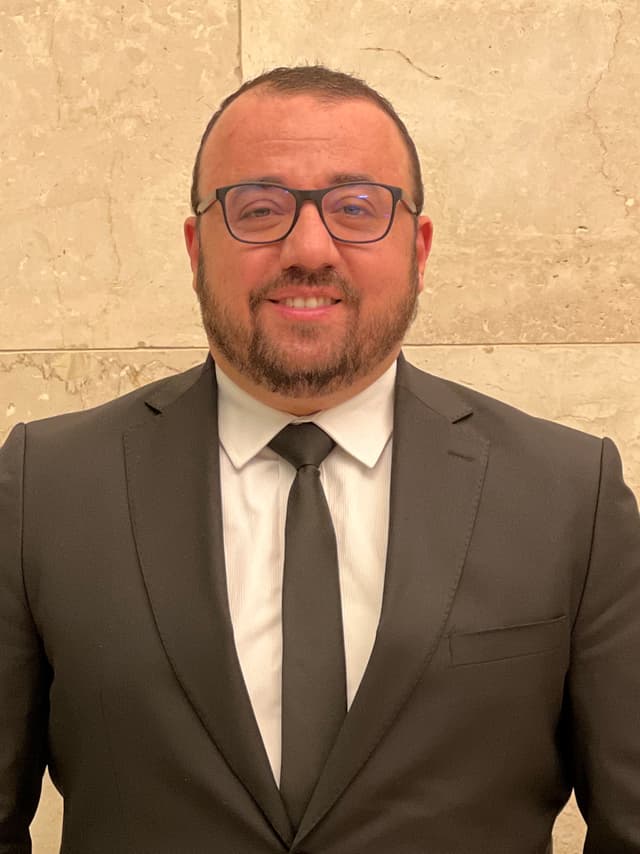
Best cases from Egypt
Sponsored Presentation: HEINE DELTA 30 PRO

HEINE DELTA 30 PRO
Optotechnik HEINE
Conclusion

Conclusion of Dermoscopy Day 2025
Might interest you
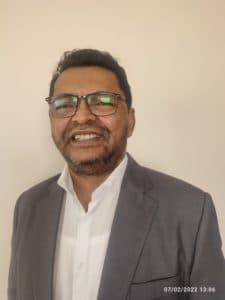
Cutaneous Medicine: Multidisciplinary Approaches in Dermatology
Chair: Prof. Fahafahantsoa Rapelanoro Rabenja,
This course explores the intersection of dermatology with other medical specialties, emphasizing a collaborative approach to diagnosing and managing complex skin disorders. It covers a wide range of topics, including dermatopathology, rheumatology, oncology, and infectious diseases, highlighting how systemic conditions manifest cutaneously. With contributions from experts in various fields, the text provides comprehensive insights into multidisciplinary care, advanced diagnostic techniques, and innovative treatments. Ideal for dermatologists, internists, and specialists, it bridges gaps between disciplines to improve patient outcomes in cutaneous medicine.
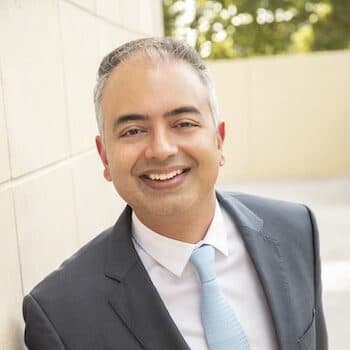
Pigmentation
Chair: Dr Seemal Desai, MD, FAAD
Hyperpigmentation is excess skin color from melanin. Understand melanin synthesis mechanisms and main causes.
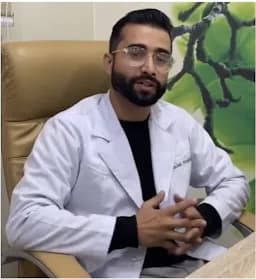
Neglected Tropical Skin Diseases
Chair: Dr. Prajwal Pudasaini, MD
Neglected tropical skin diseases affect poor populations in tropical areas. They include leprosy, mycetoma, and cutaneous leishmaniasis, causing disability and stigma. They receive little attention and resources, leading to poor diagnosis and treatment. Increased awareness and improved healthcare access are needed to help affected communities.
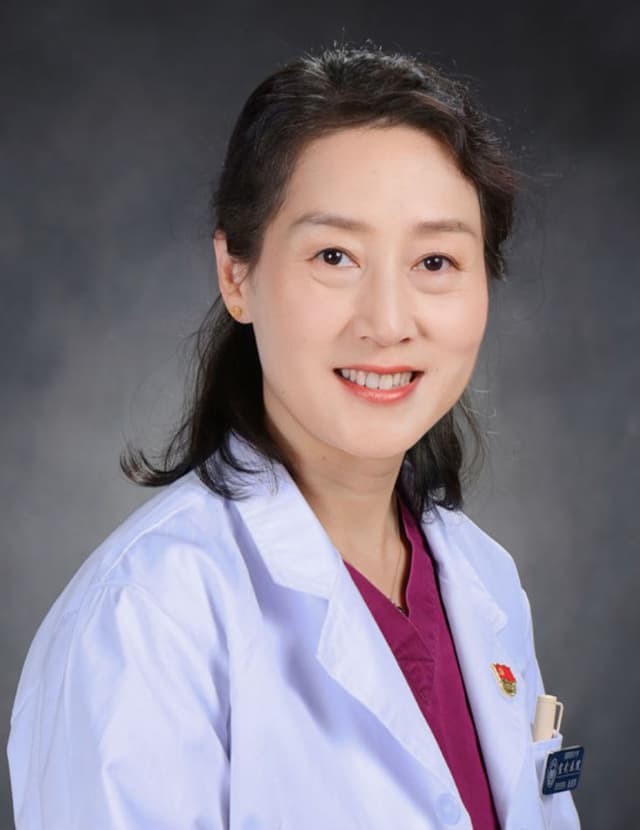
Acne Treatment in China
Chair: Prof. Haiping Zhang, PhD
Acne treatment in China combines traditional methods with modern practices.
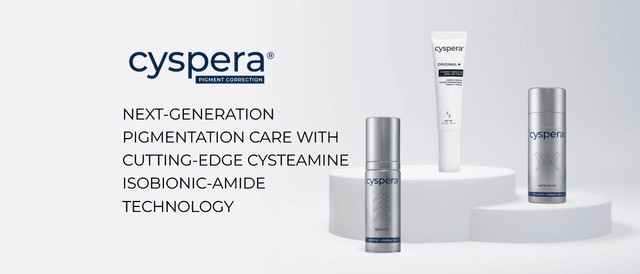
Cyspera Medical Education
Chair: Global Dermatology,
Cyspera® is a topical pigment-correcting treatment formulated with cysteamine, a naturally occurring compound that reduces the appearance of persistent hyperpigmentation, including melasma, post-inflammatory hyperpigmentation, and lentigines. It is known for being non-hydroquinone, suitable for long-term use, and effective on all skin types.

Topographic Dermoscopy
Chair: Prof. Awatef Kelati, MD
Topographic dermoscopy refers to the region-specific application of dermoscopic examination, emphasizing the unique morphological patterns found across different anatomical sites. On facial skin, the dermoscopic assessment requires recognizing patterns influenced by the high density of pilosebaceous units and sun-induced changes, often presenting pseudonetworks and annular-granular structures. The ear, with its thin skin and sebaceous gland concentration, reveals specific vascular and follicular clues important in distinguishing benign from malignant lesions.
On the chest and back, where the skin is thicker and sun exposure varies, dermoscopy must account for irregular pigment distribution and architectural disorder, especially in large nevi or early melanomas. Limb lesions may show distinctive features due to mechanical friction, hair density, and vascular variations, demanding precise interpretation to identify atypical nevi or skin cancers.
Palmar and plantar dermoscopy highlights the parallel ridge pattern critical for melanoma diagnosis, contrasting with benign acral patterns like the parallel furrow or lattice-like structures. Scalp and hair disorders benefit from trichoscopy, where dermoscopic evaluation reveals specific signs such as yellow dots, broken hairs, or black dots, aiding in the diagnosis of alopecia areata, androgenetic alopecia, or tinea capitis.
In nail disorders, onychoscopy enables visualization of melanonychia, hemorrhages, and nail matrix changes, crucial for distinguishing subungual melanoma from benign causes like trauma or fungal infection. Mucosal dermoscopy, though technically challenging, provides diagnostic clues in pigmented lesions of the lips, genitalia, or oral mucosa, requiring adaptation to moist, non-keratinized surfaces.
Finally, ultraviolet dermoscopy reveals a unique application: scabies mites fluorescing bright green under UV light, enhancing detection when traditional visualization fails. Topographic dermoscopy thus demands both anatomical knowledge and technical adaptation to maximize diagnostic accuracy across diverse body sites.
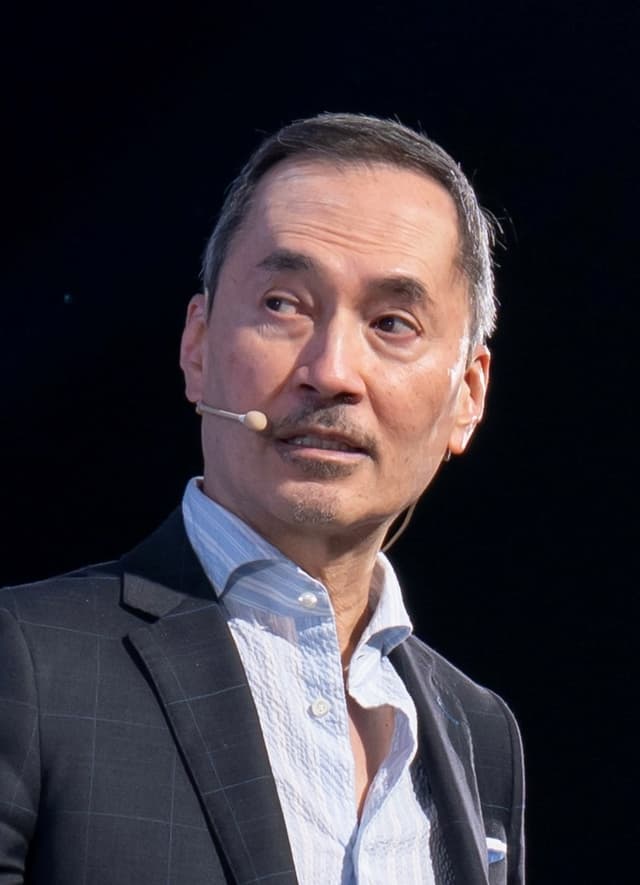
ACNE
Chair: Dr. Jerry Tan, MD
The ACNE | Education Series, led by Dr. Jerry Tan, is a comprehensive global medical education initiative designed to enhance the understanding and skills of dermatologists and healthcare practitioners regarding acne. Participants will gain insights from leading international experts on the latest advancements in acne research, innovative treatment options, and patient-centered care approaches. The event features interactive discussions, live Q&A sessions, and evidence-based strategies, all at no cost. The esteemed faculty includes specialists from the USA, Italy, France, the UK, Singapore, Greece, Australia, Canada, and Germany. This is a valuable opportunity to improve clinical competencies and stay updated on current acne management practices.
Attendees will acquire up-to-date knowledge on acne pathophysiology, new therapeutic options, and patient-oriented management strategies to optimize clinical outcomes in acne treatment. The session will also provide practical insights through expert-led discussions and evidence-based approaches.
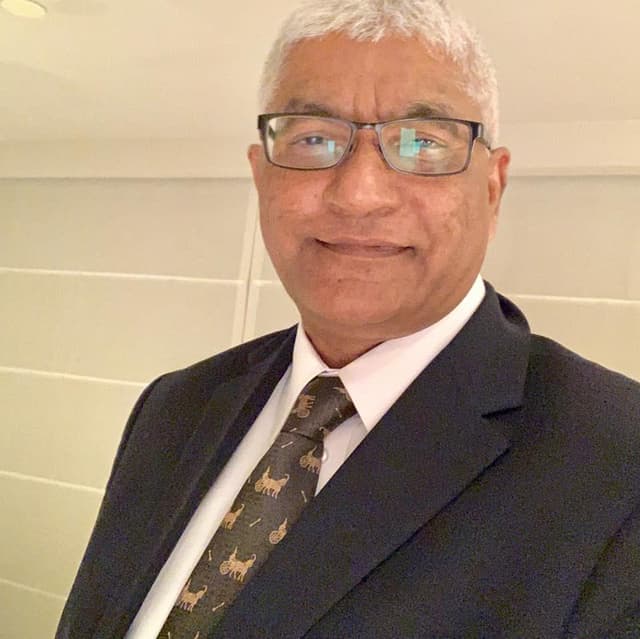
Psychodermatology
Chair: Prof Mohammad Jafferany, MD
This specialized course explores the vital intersection between dermatology and mental health, equipping clinicians with the knowledge and tools to manage psychodermatological conditions effectively. Through a blend of theoretical knowledge and practical application, participants will learn to diagnose and treat dermatological delusional disorders, identify psychiatric comorbidities in skin disease patients, and implement mental health strategies for chronic dermatoses. The curriculum also examines psychological factors in cosmetic dermatology and provides cutting-edge screening techniques for body dysmorphic disorder, including modern digital manifestations like Zoom dysmorphia. Adopting a patient-centered approach, the course emphasizes multidisciplinary management of conditions where psychological and dermatological factors interact. Participants will gain expertise in recognizing psychiatric components of skin diseases, addressing the emotional
burden of chronic conditions, and applying ethical principles in cosmetic practice. The training combines expert instruction with case-based learning to bridge theory and clinical practice. Designed for dermatologists, psychiatrists, psychologists, and primary care providers, this program enhances clinicians' ability to deliver holistic care that addresses both the visible and invisible aspects of skin disorders. Upon completion, practitioners will be better prepared to manage complex psychodermatological cases while improving patient outcomes through integrated mind-skin healthcare.

Tropical Dermatology and Neglected Tropical Dermatoses
Chair: Prof. Fahafahantsoa Rapelanoro Rabenja,
Dermatological diseases, particularly neglected tropical diseases (NTDs) with skin manifestations like deep mycosis (chromoblastomycosis, sporotrichosis, mycetoma), scabies, leprosy, lymphatic filariasis, and cutaneous leishmaniasis, pose major challenges for healthcare systems in resource-limited regions of Africa, Asia, and Latin America. These conditions severely affect vulnerable populations, suffering from frequent underdiagnosis and inadequate treatment that exacerbates suffering. Diseases such as atopic dermatitis are also under consideration for inclusion as skin NTDs through collaborative efforts involving ISAD, ASDV, and WHO. Furthermore, albinism, highly prevalent in sub-Saharan Africa, presents significant social challenges including stigmatization and occult beliefs. Despite these complex difficulties, the field is undergoing a historic transformation driven by science and technology, particularly artificial intelligence (AI), which offers tangible tools for improving diagnosis, treatment, and prevention. The participation of global experts facilitates vital knowledge exchange, exploration of innovative solutions, and helps address critical shortages of human and material resources in remote areas.
Learning Objective:
Understand the complex challenges posed by dermatological diseases, especially skin NTDs and conditions like albinism, in resource-limited settings, and recognize the critical role of global collaboration, technological innovation (particularly AI), and expert knowledge exchange in developing solutions to improve diagnosis, treatment, prevention, and resource allocation.

Dermoscopy
Chair: Prof Awatef Kelati, MD
This comprehensive dermoscopy course provides dermatologists and healthcare professionals with essential skills in skin lesion evaluation, covering fundamental principles through advanced diagnostic applications across five key areas: global dermoscopy practices, pigmented lesion analysis (including differentiation of benign and malignant patterns), specialized techniques for skin of color, skin cancer detection (melanoma and non-melanoma), and general dermatological conditions (inflammatory, infectious, and hair/nail disorders). Participants will develop proficiency in recognizing diagnostic patterns, adapting techniques for diverse skin types, and applying dermoscopic algorithms, ultimately enhancing their clinical accuracy through a combination of theoretical knowledge and practical case-based learning. The course emphasizes real-world application, addressing both common and challenging scenarios in dermatological practice.
